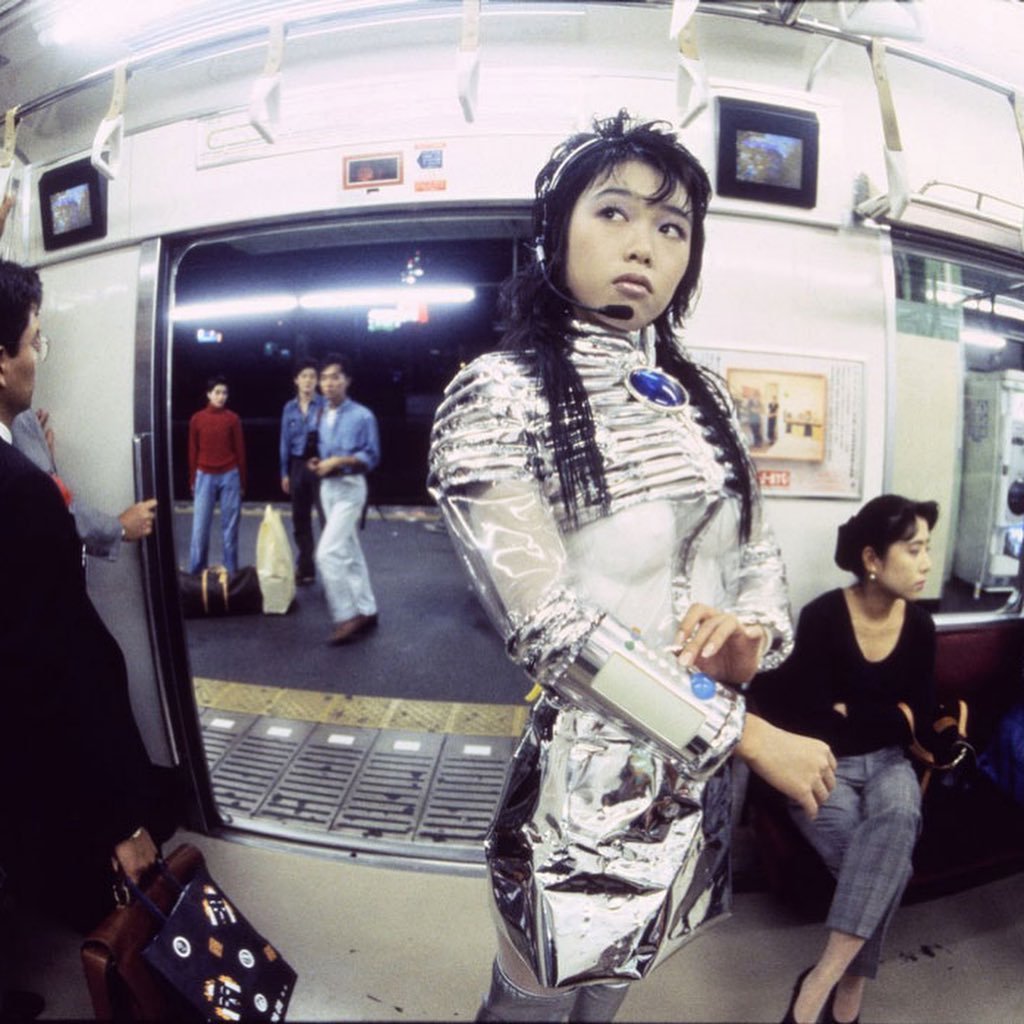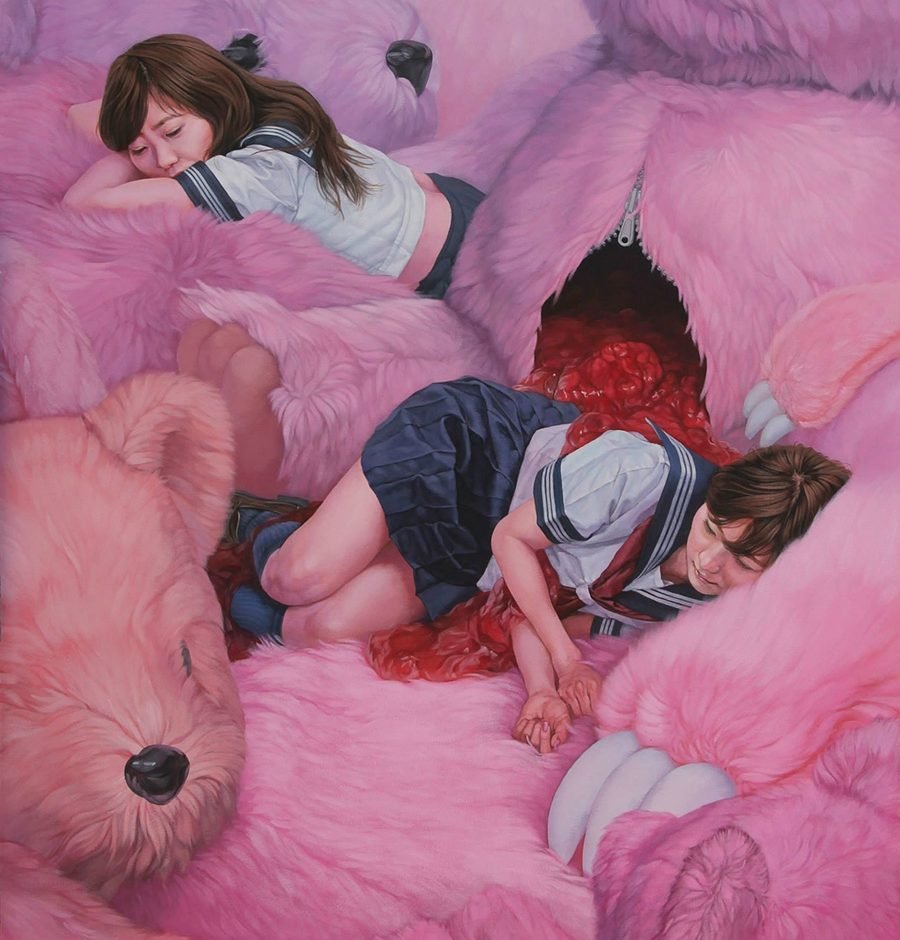An Art Odyssey – The Retro-Futuristic Vision of Mariko Mori

Mariko Mori is an internationally acclaimed artist.
Born in Japan in 1967, she began her career studying at Bunka Fashion College and went on to study art in London before moving to New York to begin her legacy in modern arts. Mori’s style is unique and celestial, often alluding to a sense of self-transcendence through the means of futuristic technology and themes.
Much of her early work saw herself be used as a subject, decorating herself as an alien woman or a futuristic form of the Buddhist deity Kichijoten. This theme of retro-futurism is an on-going dialect within her creative communication, pulling ideologies of future-dystopias within much of her architectural work: molecular shapes, ergonomic infrastructure, and cerebral qualities are all present in her work and installations.
Her fascination with technology and spirituality comes through in the form of using western technology mixing with eastern ideologies, and often uses themes of transcending oneself and one’s consciousness using these advancements. She mentions how this fascination stems from her experience with sleep-paralysis that would last up to multiple hours. She explains how it would leave her feeling unsure of whether she was alive.
Through these nightmarish dreams she would create otherworldly creations in the form of her art. First gaining worldwide recognition with her work ‘Wave UFO’, which played on her visions of a cosmic dream world and looked to connect people through a higher plain of existence. Other works include the ‘Ring: One with Nature’, the ‘Enlightenment Chamber’, and ‘Link’, a series of videos in which Mori puts herself in a capsule in 3 different locations depicting a different time [the past - the Giza pyramids, the present - Tokyo’s Shibuya, and the future - the advanced megacity of Shanghai.
Although perhaps sometimes obtuse, Mori’s work is vivid and relatable all the same. Resonating somehow with the current Y2K aesthetic we see ourselves romanticizing right now, her work continues to push boundaries and help us become closer to the dystopian future we imagined during our childhoods.





